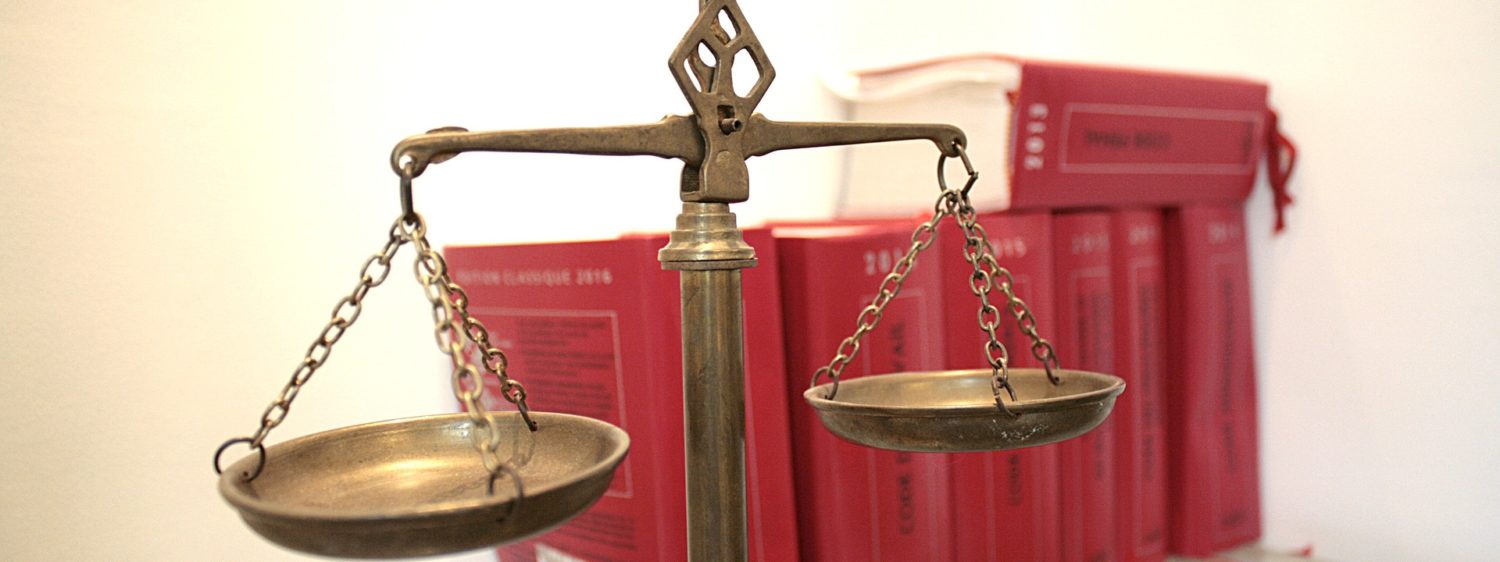
Brewery licenses are the cheapest alcoholic beverage licenses, while Type 47 allows restaurants to serve wine and beer. Type 48 licenses are the most expensive and require a state-approved package agency. In the United States, licenses are required to sell beer and wine at bars, restaurants, and other establishments. Here are some of the types of licenses and what they mean.
Brewery licenses allow breweries to brew their alcoholic beverages.
A brewery license is needed to brew alcoholic beverages in a business establishment. A business owner must obtain these licenses to brew alcoholic beverages. A brewery can also have additional locations, such as restaurants, where customers can buy their products. A brewery license will also allow it to donate beer and wine to nonprofit organizations and charity organizations.
Massachusetts has a series of different brewing licenses, including Pub Brewery licenses. The Pub Brewery license allows producers to create beverages from malt beverages and cereal grains and sell them wholesale or retail. However, it also means a brewery must rely on a wholesaler to bring its products to retail customers.
Farm Brewery licenses are intended to let craft brewers use products grown in New York State. This will encourage the consumption of New York-grown products. In addition, a Farm Distillery license will allow the sale of New York-labelled products for off-premise consumption.
Type 47 license allows restaurants to sell beer and wine.
If you own a restaurant in California, you should consider a Type 47 alcoholic beverage state license. These licenses allow you to sell a wide variety of alcoholic beverages. In addition, an alcohol license Dallas, TX, can enable you to serve alcohol until 2 a.m. in a central metropolitan area. If you don’t need a full liquor license to sell beer and wine in your restaurant, you can use a Type 41 license.
If you are looking to open a restaurant in a city that restricts the sale of alcohol, you must first obtain a Type 47 license. There are many steps involved in applying for a liquor license, and the process will vary from state to state. You must be at least 21 years of age and be a US citizen to apply for a liquor license. You will also have to meet specific minimum sales requirements, such as serving alcohol as a percentage of food sales.
The most common requirement is to have a liquor store. These two types of licenses are designed for different establishments and are divided into various classes. For example, obtaining a liquor store license is required for a bed and breakfast where you can hold wine tasting events. A restaurant with a full bar needs a Type 47 license. The permit will also allow you to sell packaged alcohol.
Type 48 license is the most expensive.
There are two main types of alcoholic beverage state licenses available in your state. The first one is Type 47, which is for on-sale general public premises. This type of license is required if you plan to serve alcoholic beverages to patrons who are 21 or older. Type 48 is also the most expensive because it requires you to sell alcohol by bottle in closed containers. It is also the most difficult license to obtain.
It is important to note that every state requires a liquor license before you can legally sell alcohol. However, some states require that you have a certificate of compliance. A criminal background check is also needed in some states. The Type 48 alcoholic beverage state license is the most expensive and requires the most extensive documentation. However, the ABC license is also necessary for the most lucrative type of license. This type of license allows you to serve and sell alcohol in many states.
The Type 47 and Type 48 alcoholic beverage state licenses are the most expensive. These licenses can be used for bona fide eating establishments, but only beer and wine can be sold there. The Type 47 license allows alcoholic spirits and other distilled beverages to be served alongside the food. However, these licenses cost more and are more difficult to obtain in areas with a high population density.
